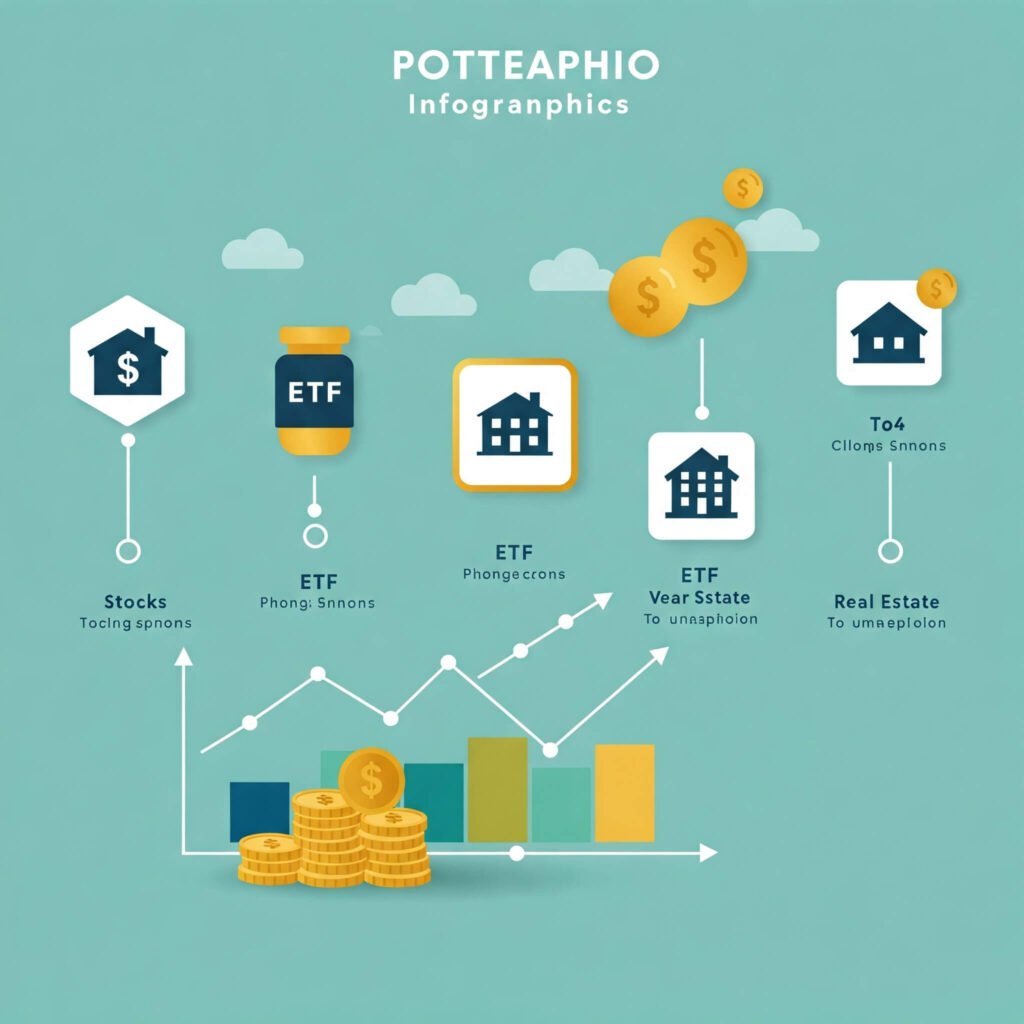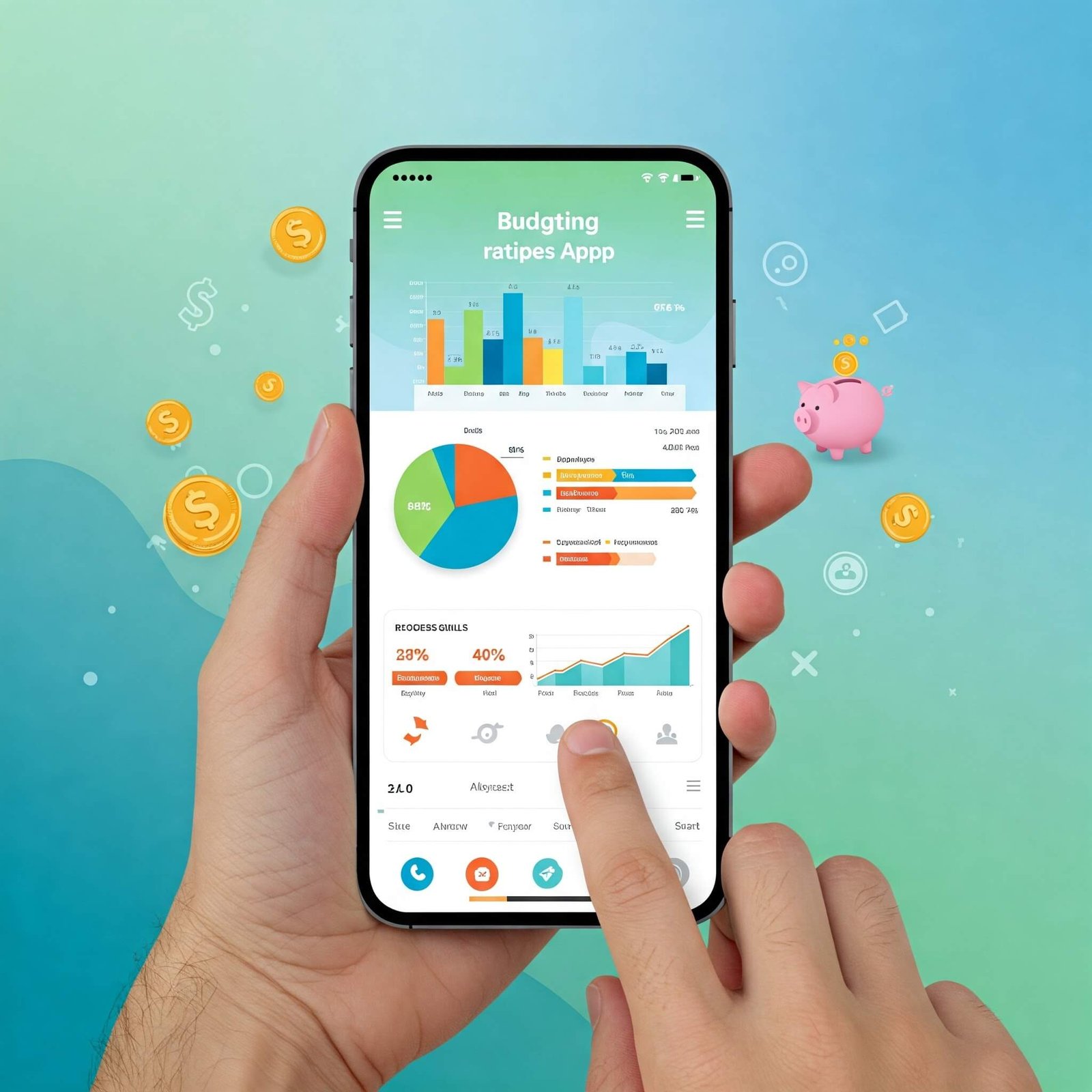
Why You Should Invest in ETFs for Passive Income
ETFs are investment vehicles that track indices, sectors, or commodities, offering a low-cost way to diversify your portfolio. Unlike mutual funds, ETFs trade like stocks on exchanges, making them highly liquid and accessible. Here’s why choosing to invest in ETFs is key to generating passive income:
- Low Fees: ETFs typically have expense ratios as low as 0.03%–0.5%, compared to mutual funds’ 1%–2%. Lower fees mean more of your money stays invested.
- Diversification: One ETF can hold hundreds of assets, reducing risk. For example, the Vanguard S&P 500 ETF (VOO) tracks 500 leading U.S. companies.
- Passive Income Potential: ETFs like the Schwab U.S. Dividend Equity ETF (SCHD) pay regular dividends, providing steady cash flow.
- Flexibility: From tech (QQQ) to real estate (VNQ), ETFs cover every sector, letting you tailor your portfolio.
According to a 2023 report by BlackRock, global ETF assets reached $10 trillion, a testament to their growing popularity.
How to Start Investing in ETFs: A Step-by-Step Guide
Ready to invest in ETFs and build passive income? Follow these actionable steps to create a diversified, income-generating portfolio.
Step 1: Set Clear Goals for ETF Investing
Before you invest in ETFs, define your financial objectives. Are you aiming for long-term growth, steady dividends, or both? For example:
- Growth-focused investors might choose the Invesco QQQ ETF (QQQ) for tech exposure.
- Income seekers may prefer dividend ETFs like the Vanguard Dividend Appreciation ETF (VIG).
Step 2: Choose a Platform to Invest in ETFs
To invest in ETFs, you’ll need a brokerage account. Popular platforms include:
- Vanguard: Known for low-cost ETFs.
- Fidelity: Offers commission-free ETF trades.
- Robinhood: User-friendly for beginners.
Compare fees, user experience, and research tools to find the best fit.

Step 3: Research ETFs to Invest In
Not all ETFs are created equal. When selecting ETFs to invest in, consider:
- Expense Ratio: Aim for ETFs with fees below 0.5%.
- Performance History: Look at 5- and 10-year returns, but remember past performance isn’t a guarantee.
- Asset Allocation: Ensure the ETF aligns with your risk tolerance. For instance, bond ETFs like BND are less volatile than stock ETFs.
- Dividend Yield: For passive income, prioritize ETFs with consistent dividends, like SPYD (SPDR Portfolio S&P 500 High Dividend ETF).
Use tools like Morningstar or ETF.com for in-depth research.
Step 4: Build a Diversified ETF Portfolio
To minimize risk, spread your investments across asset classes. A sample portfolio for passive income might include:
- 50% Equity ETFs (e.g., VOO for broad market exposure)
- 30% Bond ETFs (e.g., BND for stability)
- 20% Sector ETFs (e.g., XLRE for real estate)
Rebalance annually to maintain your desired allocation.
Step 5: Automate Your ETF Investments
Consistency is key to wealth building. Set up automatic contributions to your ETF portfolio through your brokerage. For example, investing $500 monthly in VTI (Vanguard Total Stock Market ETF) could grow to over $200,000 in 20 years, assuming a 7% annual return.
Step 6: Monitor Your ETF Investments
While ETFs are low-maintenance, check your portfolio annually. Look for changes in fees, performance, or your financial goals. Tax-loss harvesting—selling losing ETFs to offset gains—can also boost returns.
Why Investing in ETFs Is the Future of Passive Income
Investing in ETFs isn’t just a trend; it’s a paradigm shift. Here’s why ETFs are set to dominate passive income strategies:
- Accessibility: With fractional shares on platforms like Schwab, you can invest in ETFs with as little as $1.
- Innovation: Thematic ETFs, like those tracking AI (ARKQ) or clean energy (ICLN), let investors tap into emerging trends.
- Resilience: ETFs weathered the 2020 market crash better than many active funds, with broad-market ETFs recovering quickly.
- Global Reach: International ETFs (e.g., VXUS) provide exposure to markets like Europe and Asia, diversifying income streams.
A 2024 Bloomberg analysis predicts ETFs will surpass mutual funds in assets by 2030, driven by investor demand for low-cost, passive strategies.

Mistakes to Avoid When You Invest in ETFs
To maximize your passive income, steer clear of these pitfalls:
- Chasing Trends: Avoid overhyped ETFs with high fees, like niche thematic funds.
- Ignoring Fees: Even small differences in expense ratios can cost thousands over decades.
- Overtrading: ETFs are for long-term investing, not day trading.
- Lack of Diversification: Don’t put all your money in one sector ETF.
Real-World Example: Growing Wealth by Investing in ETFs
Meet Sarah, a 30-year-old teacher who began investing in ETFs in 2020. She allocated $300 monthly to a mix of VOO (60%), BND (30%), and SCHD (10%). By 2025, her portfolio grew to $22,000, generating $600 annually in dividends. Sarah reinvests her dividends, compounding her passive income over time.
Actionable Tips to Invest in ETFs Successfully
- Start small: Even $50 a month in a low-cost ETF like VTI can grow significantly.
- Prioritize diversification to reduce risk and enhance returns.
- Use dollar-cost averaging to invest consistently, regardless of market conditions.
- Reinvest dividends to accelerate wealth building.
- Stay patient—ETFs reward long-term investors.
Conclusion: Invest in ETFs for Financial Freedom
Investing in ETFs is a proven path to passive income and financial independence. Their low costs, diversification, and flexibility make them ideal for building wealth in 2025 and beyond. By following the steps outlined—setting goals, choosing the right ETFs, and staying consistent—you can create a portfolio that works for you.











































